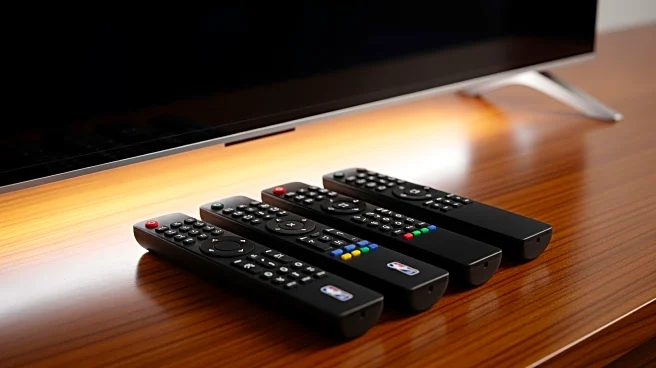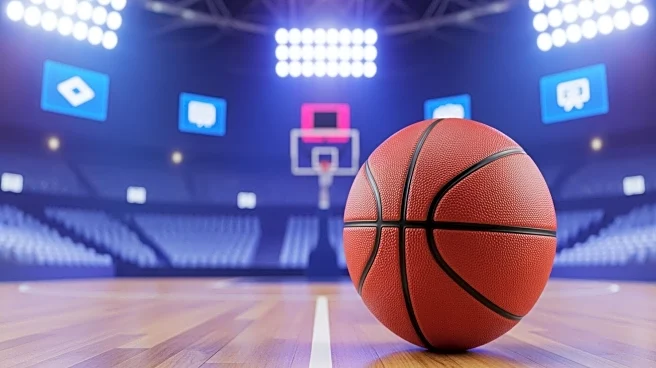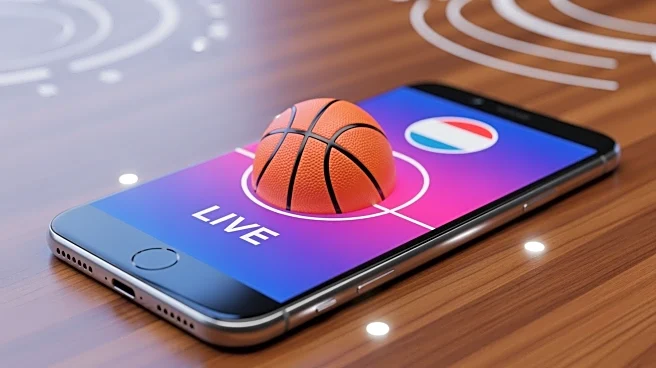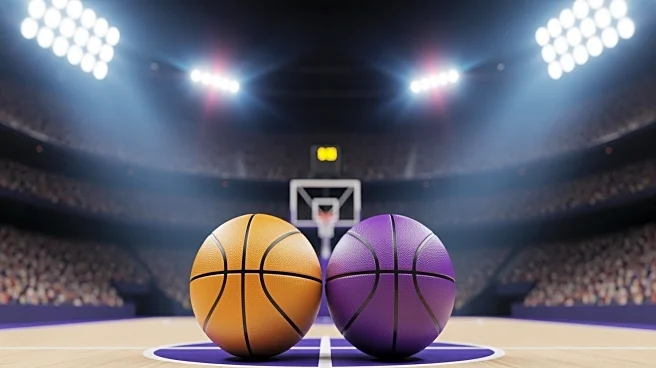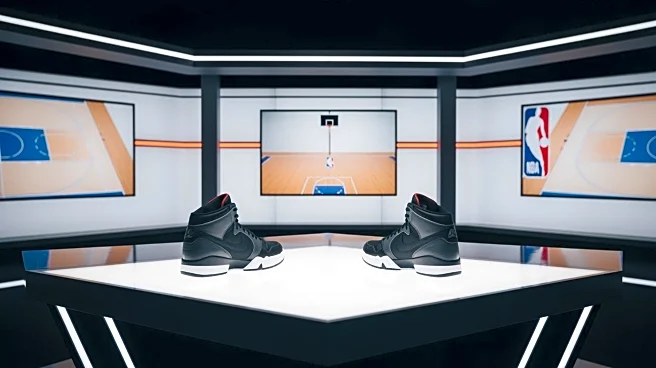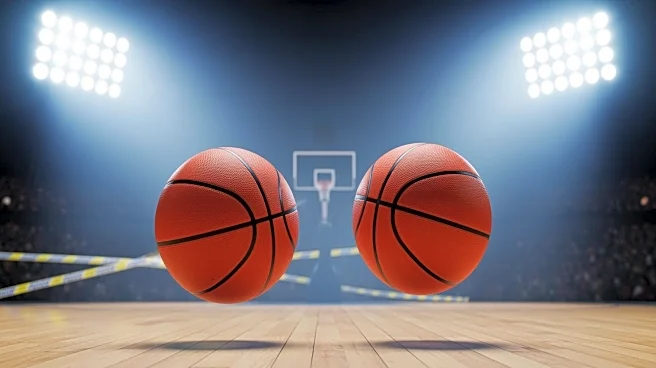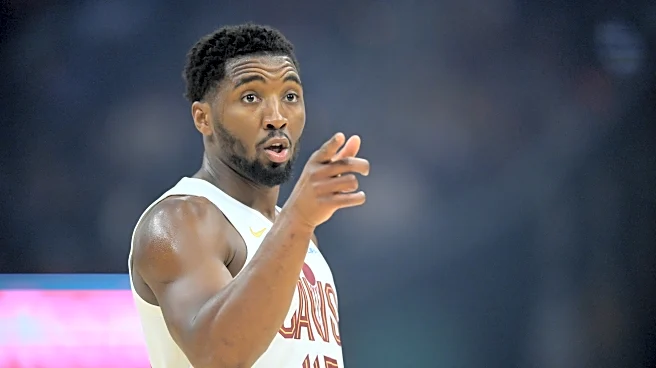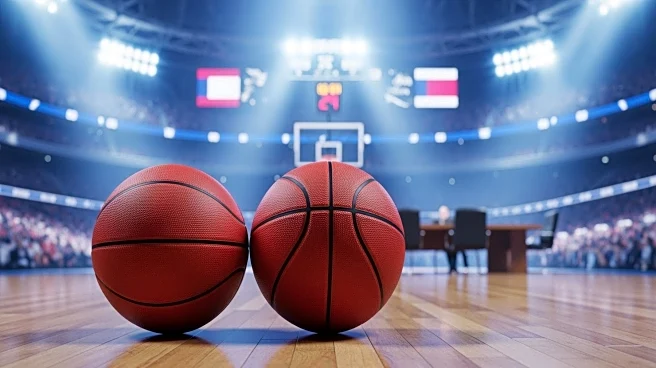What's Happening?
The NBA has unveiled its broadcast plans for the 2025-26 season, marking a significant shift in how fans will access games. The season kicks off with a doubleheader on NBC, featuring the Oklahoma City
Thunder against the Houston Rockets and the Golden State Warriors visiting the Los Angeles Lakers. This season introduces new media partners, including Amazon, NBCUniversal, and Disney, ending a 34-year partnership with Warner Bros. Discovery. Fans can expect games to be available on various platforms, including Peacock, ESPN, and Amazon Prime Video. The NBA League Pass will continue to be accessible through traditional cable and satellite distributors, as well as via the NBA App and NBA.com. Additionally, Prime Video will stream the Emirates NBA Cup, including the quarterfinals, semifinals, and championship game.
Why It's Important?
This shift in broadcast partnerships reflects the NBA's strategy to expand its digital presence and reach a broader audience. By partnering with major streaming services like Amazon Prime Video, the league is tapping into the growing trend of cord-cutting and digital consumption. This move could potentially increase viewership and fan engagement, as games become more accessible to those who prefer streaming over traditional cable. The inclusion of platforms like Peacock and NBCUniversal also suggests a diversification in content delivery, catering to different audience preferences. The change may impact traditional broadcasters, as the NBA aligns with digital-first strategies, potentially influencing advertising revenues and market dynamics within sports broadcasting.
What's Next?
As the season progresses, fans can anticipate further integrations with digital and connected TV partners, enhancing the viewing experience. The NBA's 'Tap To Watch' initiative will provide easy access to live games across various platforms, including Google, Meta, and Roku. This initiative aims to streamline the process of finding and watching games, potentially increasing fan engagement. Additionally, the league's partnership with Amazon for the NBA League Pass suggests a focus on digital distribution, which may lead to more innovative viewing options and interactive features. Stakeholders, including advertisers and broadcasters, will likely monitor these developments closely to assess their impact on viewership and revenue.
Beyond the Headlines
The NBA's new broadcast strategy may have broader implications for the sports industry, as it sets a precedent for other leagues considering similar digital partnerships. This shift could influence how sports content is monetized and distributed, potentially leading to more personalized and interactive viewing experiences. The move also highlights the growing importance of streaming services in the media landscape, as traditional broadcasters face increasing competition from digital platforms. As the NBA adapts to changing consumer behaviors, it may drive innovation in content delivery and fan engagement, shaping the future of sports broadcasting.
